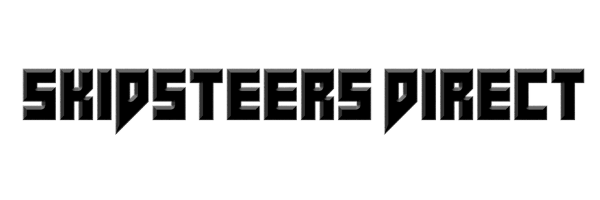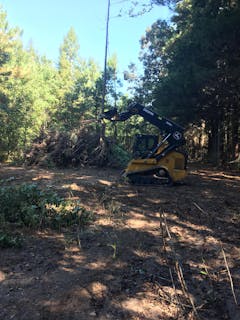Skid Steer Brush Cutter Attachments
Discover powerful skid steer brush cutter attachments designed for tackling tough vegetation and transforming your land with ease. Perfect for landscaping, farming, and site preparation.
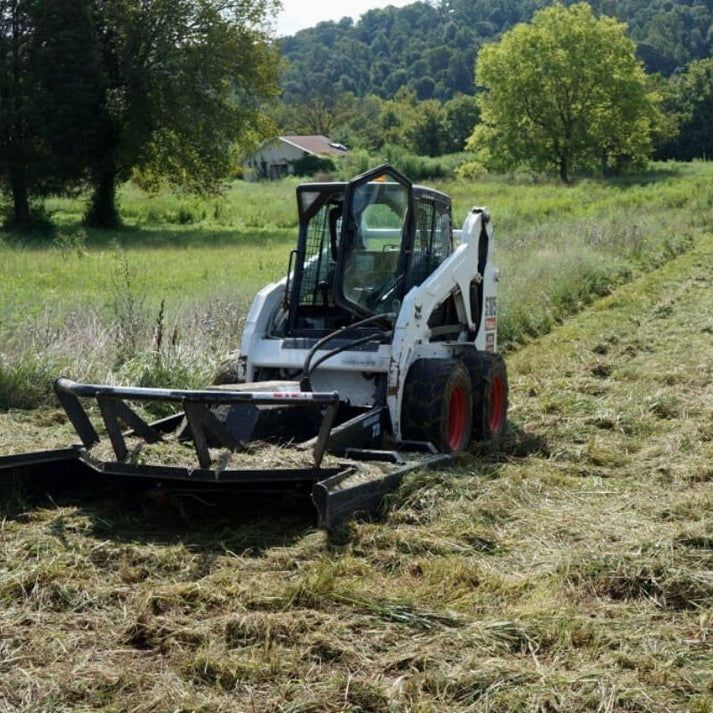
About Brush Cutters
Skid steer brush cutter attachments are robust tools engineered for skid steer loaders, ideal for clearing thick brush, small trees, and dense vegetation. Equipped with high-strength blades and a rotating cutting deck, these attachments deliver unmatched efficiency for landscaping, land clearing, agriculture, and more. Whether you're maintaining pastures or preparing a construction site, our brush cutters ensure fast and reliable performance.
Learn MoreTop Products
- Blue Diamond Severe Duty Series 2 Brush Cutter: It has a 10” cutting capacity and boasts incredible performance in grass, making this a brutally tough unit at the top of its class.
- Bradco Ground Shark Extreme Duty (XD) Brush Cutter: Its patented retractable shield protects the operator while enabling full blade exposure for maximum cutting efficiency.
- Blue Diamond Brush Cutter Extreme Duty - Open Front: Is one of the most popular brush cutters in the industry! Not only is this a brutal machine in mowing up to 6″ to 8″ brush, but it also cuts grass better than any of its rivals.
- Blue Diamond Extreme Duty Closed Front Brush Cutter: It is the most versatile skid steer brush cutter on the market. It cuts grass like a lawnmower and still cuts 5″ trees!
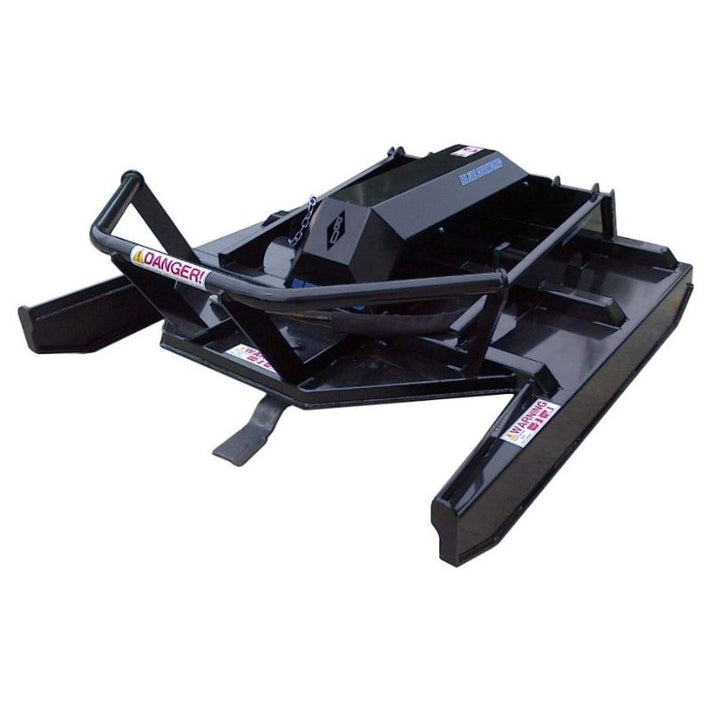
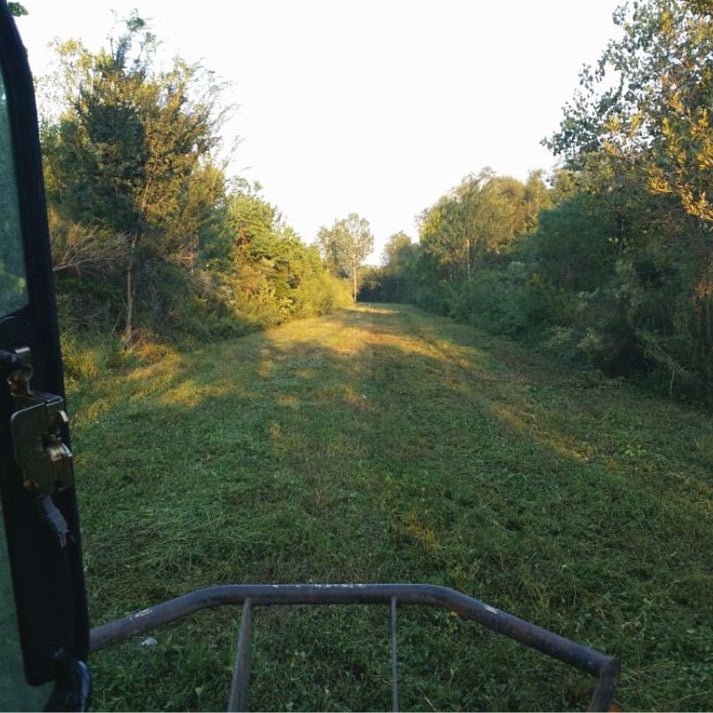
Applications & Uses
Skid steer brush cutters are versatile tools for a variety of applications, including:
- Clearing overgrown brush and vegetation in forests and fields.
- Maintaining pastures and farmland for optimal growth.
- Preparing construction sites by removing obstacles.
- Managing roadside vegetation for safety and aesthetics.
Frequently Asked Questions
-
What types of brush can a skid steer brush cutter handle?
Our brush cutters can tackle thick grass, brush, small trees, and undergrowth up to several inches in diameter, depending on the model.
-
Can brush cutters be used on rocky terrain?
They can handle light rocky conditions, but clearing large rocks beforehand is recommended to avoid blade damage.
-
How do I maintain my brush cutter attachment?
Regular maintenance includes sharpening blades, checking hydraulic systems, cleaning debris, and lubricating moving parts as per the manufacturer’s guidelines.
-
Are brush cutters compatible with all skid steer models?
Most models are compatible, but verify the attachment’s mounting system and hydraulic requirements for your skid steer.
-
What safety precautions should I take?
Wear protective gear, clear the work area, operate at safe speeds, and follow manufacturer guidelines to ensure safe operation.

